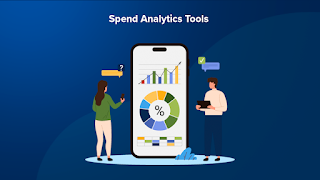Communications Platform as a Service (CPaaS)
The CPaaS (Communications Platform as a Service) market is experiencing a dynamic transformation, fueled by the growing need for seamless, integrated communication solutions that enhance both customer engagement and operational efficiency. As organizations worldwide accelerate their digital transformation initiatives, CPaaS has emerged as a cornerstone technology, enabling businesses to create personalized, real-time, and omnichannel communication experiences. This shift is reshaping how companies connect with their customers, partners, and employees, fostering agility and driving competitive advantage. Rising Demand for Integrated Communication Solutions In today’s hyperconnected digital economy, consumers expect instant, consistent, and personalized interactions across multiple platforms. Traditional siloed communication tools can no longer meet these evolving expectations. CPaaS platforms address this challenge by providing a unified cloud-based infrastructure that integrates v...
.png)

.png)
.png)


%20System.png)

%20Tools.png)
